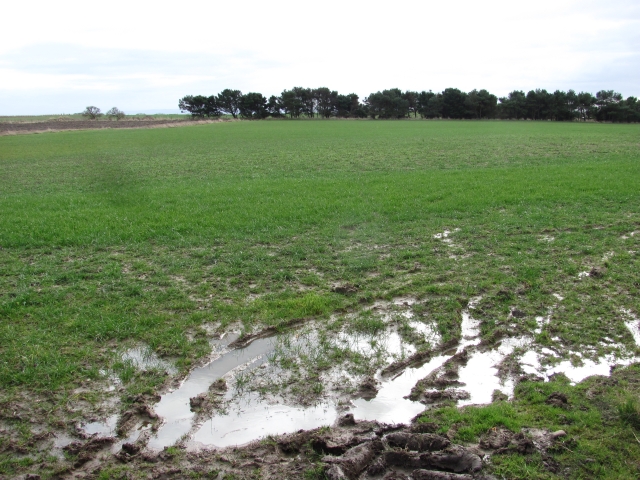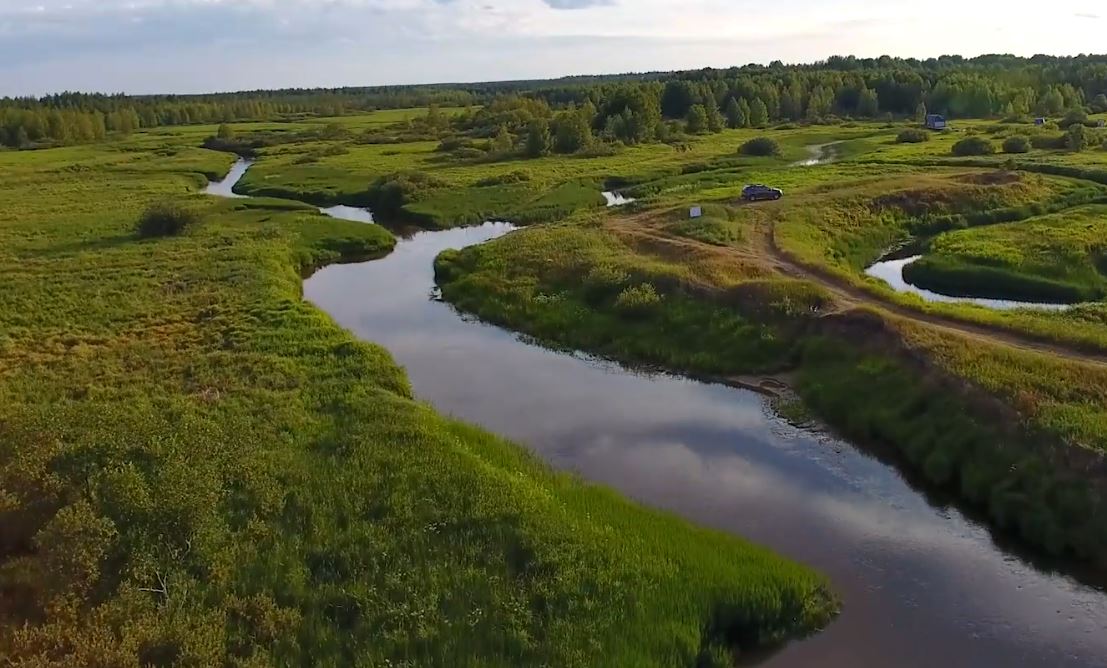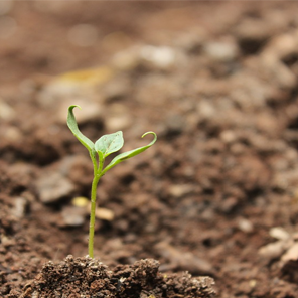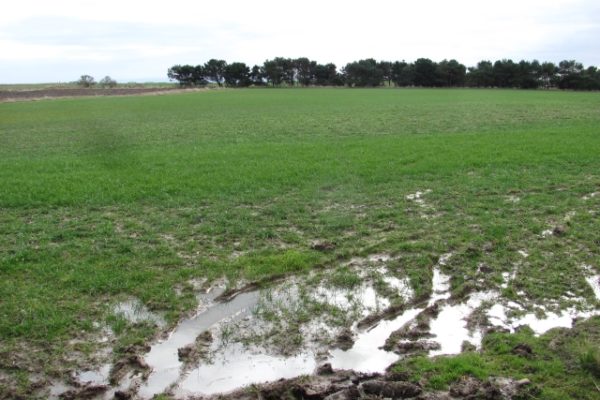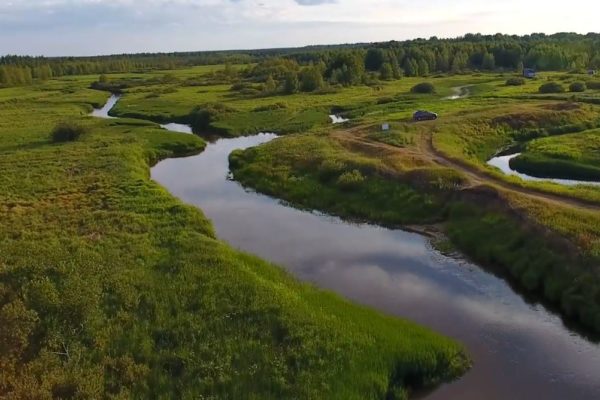Securing your Water Supply with Boreholes and Lagoons
27 June 2024Scotland’s water is one of the country's greatest assets. The supply of clean water to Scotland is valued at £228 million, however, this is threatened by climate change and human activities. Farms have long relied on their water supply, sourced from natural water resources as a cost-effective alternative to mains supply. Climate change and variable rainfall is putting further pressure on water resources to meet production needs, thus protecting the resilience of our water supply is crucial. Farmers are having to adapt and gain water from additional methods, such as through abstraction, installation of rainwater harvesters, designing storage ponds within their land, etc. These methods can offer some resilience to changing weather conditions, however, they need to ensure that they comply with regulation and planning conditions.
This article explores two of these methods in detail, boreholes and irrigation lagoons. There is also a second article outlining the regulations around the abstraction of water, as well as which water securing activities do and do not require SEPA authorisation. You can find it here.
Boreholes
A borehole is a narrow hole created to look for water (or can be gas/oil). The hole is drilled to depth to gain access to a water supply.
Boreholes can be a way to safeguard water supply to your business but they need to be installed correctly and as per authorisation from SEPA. Table 1 relays the authorisation level required per the depth of borehole planned. You need to ensure that while planning, and during the installation of your borehole, that you discuss the project as early as possible with SEPA. Please note that some licences need to be in place before work begins on the borehole, primarily for boreholes >200m in depth but ensure that you check with SEPA in the first instance.
Boreholes can reach great depths and their location needs to be planned so that they will not be contaminated by any attributes surrounding the feature. To safeguard the water supply:
- Ensure that the borehole is up-slope from sources of contamination, such as slurry pits, septic tanks etc.
- Ensure that borehole is at least 50m from any source of contamination.
- Ensure that you mark the borehole on your RAMS plan so that spreading near the source is avoided.
- Avoid locating boreholes in coastal regions where there is potential to draw up saline water.
- Avoid siting boreholes where they may draw water from wetland, stream, rivers.
SEPA have created An applications guide to water supply boreholes which can be used for advice. However, please note that this resource was produce prior to the current CAR regulations so please contact SEPA directly for site specific, current advice for your project.
Irrigation Lagoons
Irrigation lagoons are specially constructed ponds or reservoirs designed to store water for agricultural irrigation and can play an important role in water management on farms in Scotland, especially in areas prone to drought.
When considering installing an irrigation lagoon on your farm, it is key to consider the placement of the lagoon. Choosing an area that is close to field to be irrigated will save on transport costs, as will the topography of the location as installing it on lower lying ground will reduce construction costs.
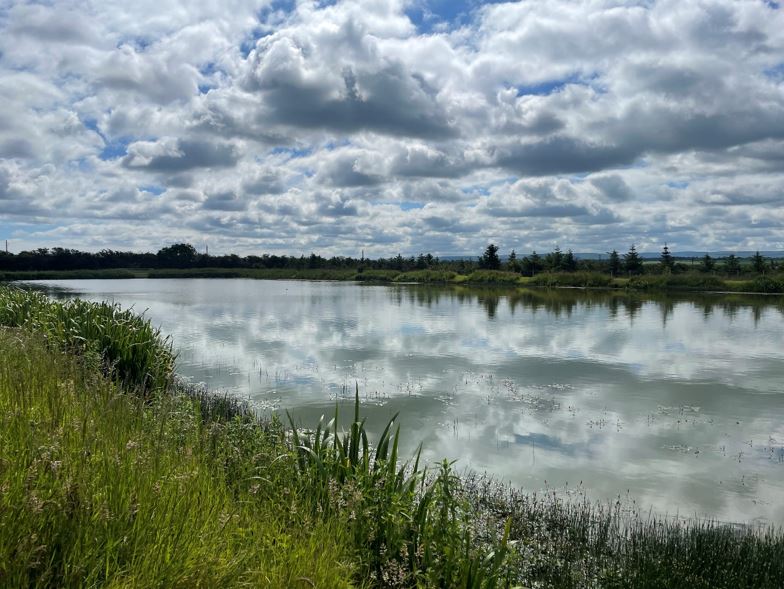
Other things to consider:
- What type of water are you storing, rainwater, surface water from rivers or water pumped from groundwater.
- What capacity do you need, it must be enough to fulfil irrigation needs.
- Depth of irrigation lagoon – too shallow will result in increased evaporation
- Water quality monitoring: Testing for pH, nutrient levels, and contaminants to ensure water suitability for irrigation.
- Sediment build up can reduce lagoon storage capacity and water quality.
- Adhering to local and national regulations regarding water storage, environmental impact, and agricultural water use. More information can be found here.
- Potential concerns around flooding during heavier rains.
- Biodiversity improvements.
FAS have produced an irrigation lagoon video discussing the benefits a farmer has found by including a lagoon on his land and the lessons learned.
FAS have produced other material to showcase ways to store water on farm:
Where Can I Find Out More?
FAS Water Management Page has access to great resource to help protect and manager water supply on farm.
Farming & Water Scotland has a vast array of material and guides to help land managers work with water on their farm.
Farming & Water Scotland with SEPA have produced a podcast discussing water management on farm, looking at the authorisation requirements which land managers need to adhere to:
Sign up to the FAS newsletter
Receive updates on news, events and publications from Scotland’s Farm Advisory Service

